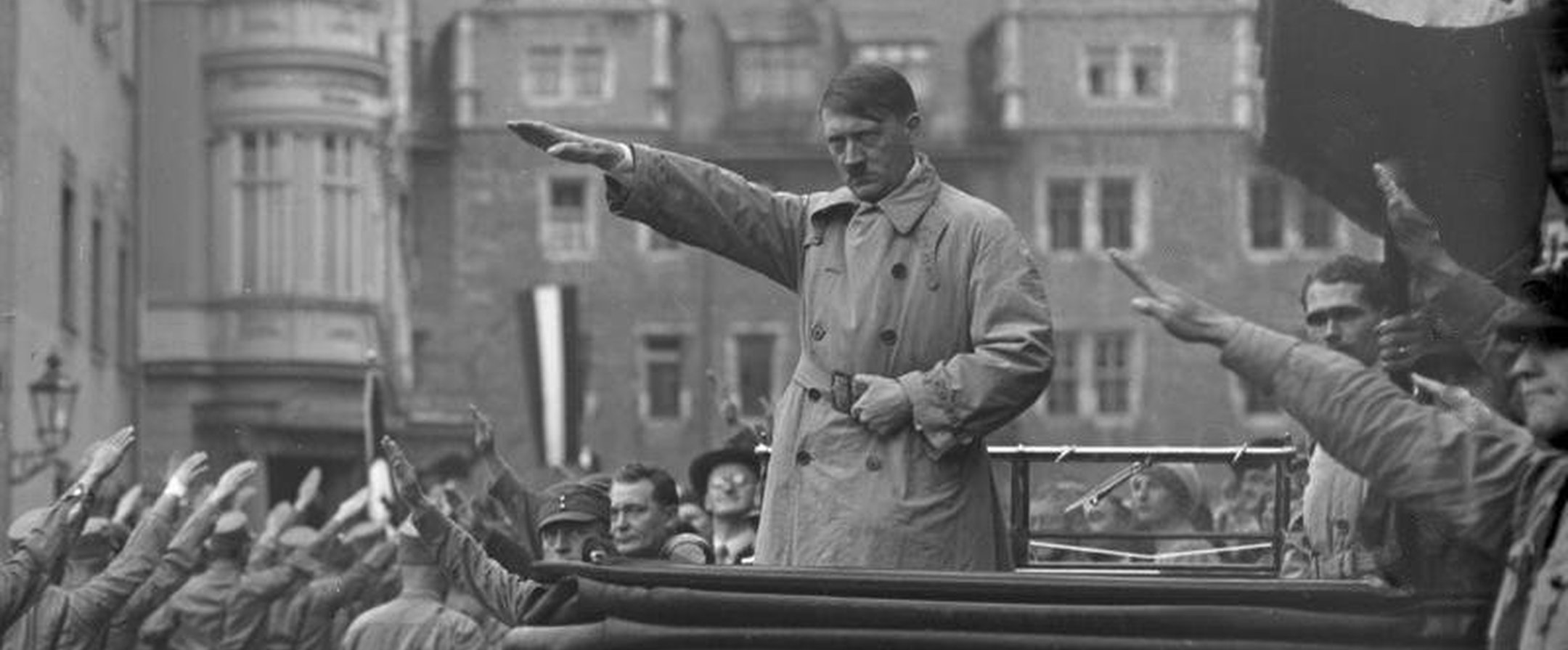Antisemitism: an age-old phenomenon
Hitler did not invent the hatred of Jews. Jews in Europe had been victims of discrimination and persecution since the Middle Ages, often for religious reasons. Christians saw the Jewish faith as an aberration that had to be quashed. Jews were sometimes forced to convert or they were not allowed to practise certain professions.
In the nineteenth century, religion played a less important role. It was replaced by theories about the differences between races and peoples. The idea that Jews belonged to a different people than the Germans, for instance, caught on. Even Jews who had converted to Christianity were still 'different' because of their bloodline.
